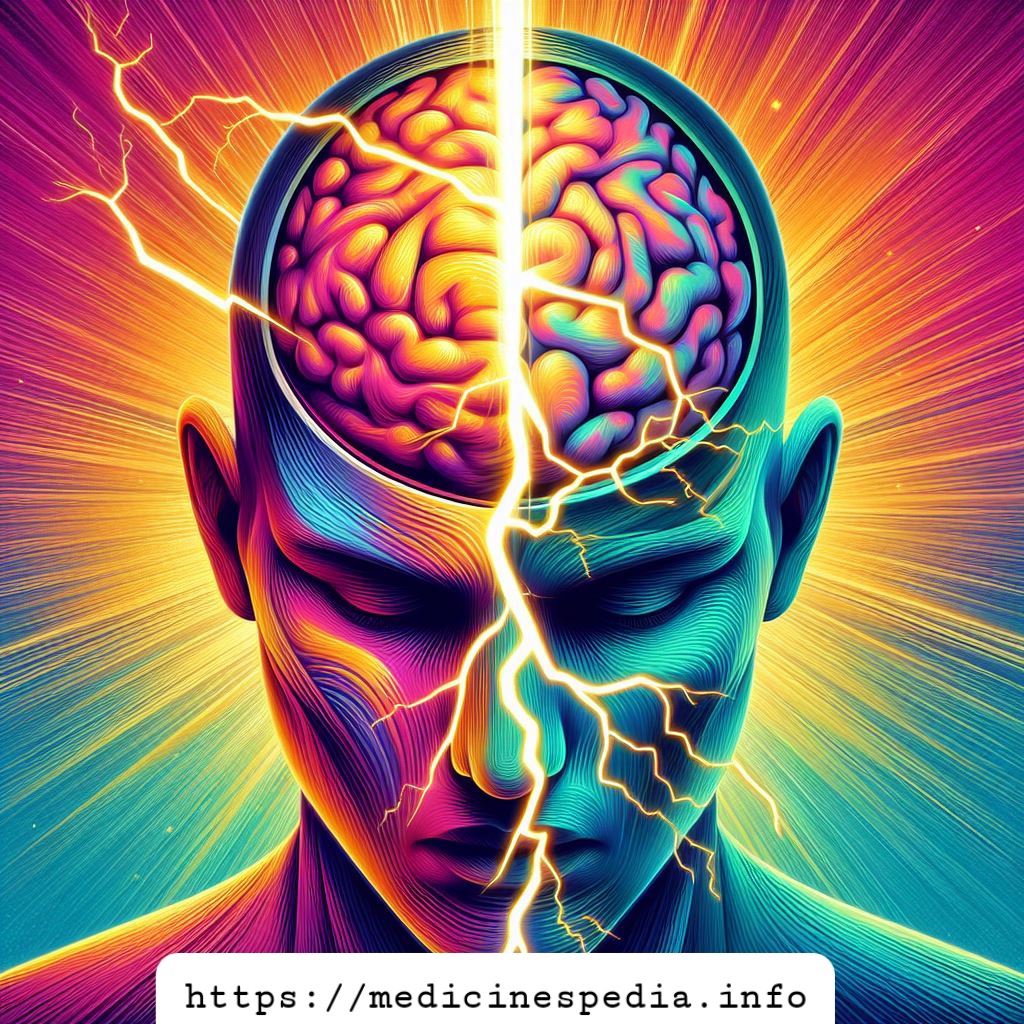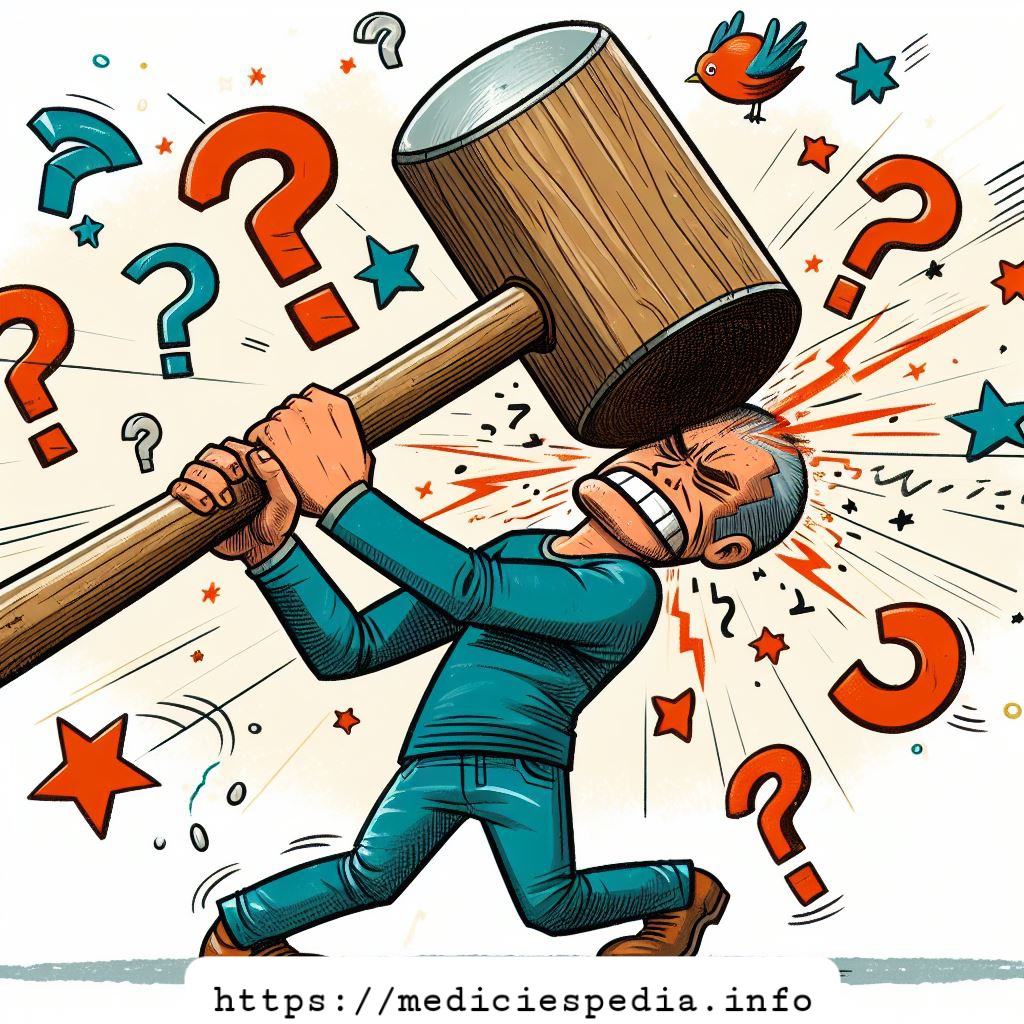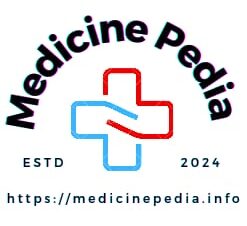What’s Migraine Symptoms and Treatments?

Migraine Overview
Migraine is a common and debilitating headache disorder. It occurs in 33% of females and 14% of males in their lifetime. It is more common in those with a family history of it. However, it is more than just a headache; it is considered one of the top leading causes of disability in the world for people between the ages of 10 and 50.
The effects of migraine can also be significant on someone’s personal, social, and professional life, as well as their education. That’s why it is important that we recognize it and treat it.
Symptoms
People with migraine will describe a moderate to severe headache lasting 4 to 72 hours, sometimes associated with nausea, vomiting, sensitivity to light, sound, smell, and movement. You may experience any combination of these symptoms during a migraine attack.

You may also have other symptoms including neck stiffness, mood and sleep changes, and brain fog affecting your concentration and attention. Even once the pain is gone, some people still tend to experience these symptoms and feel drained and exhausted for a few days afterwards.
Management
There are several options available in the management of migraine, including self-management strategies, acute, preventative, and transitional treatments. Each of which can be discussed with your treating clinicians.
Painkillers
Some painkillers are considered as an acute treatment for migraine, which you can take during a migraine attack but won’t prevent another attack from coming back. When used, they should be limited to 10 days or less a month.
Preventatives
Preventatives are used to treat the underlying cause. It is important to understand this is not a cure, but the aim is to help control the symptoms and the severity or frequency of headaches.
Transitional Treatment
Transitional treatment, otherwise known as bridging treatments, such as peripheral nerve blocks, are used for acute headache presentations where timely management is essential.
Important Considerations
- Completing a daily headache diary is very important.
- Note down the severity and duration of headaches and any painkiller use.
- Limit painkiller use to 10 days a month to avoid medication overuse headache.
- Discuss any increase in headache frequency or painkiller use with your clinician.
Important Note:
Please note that these home remedies can be helpful but should not replace professional medical advice. It’s important to consult with a healthcare provider before making significant changes to your lifestyle or diet.
